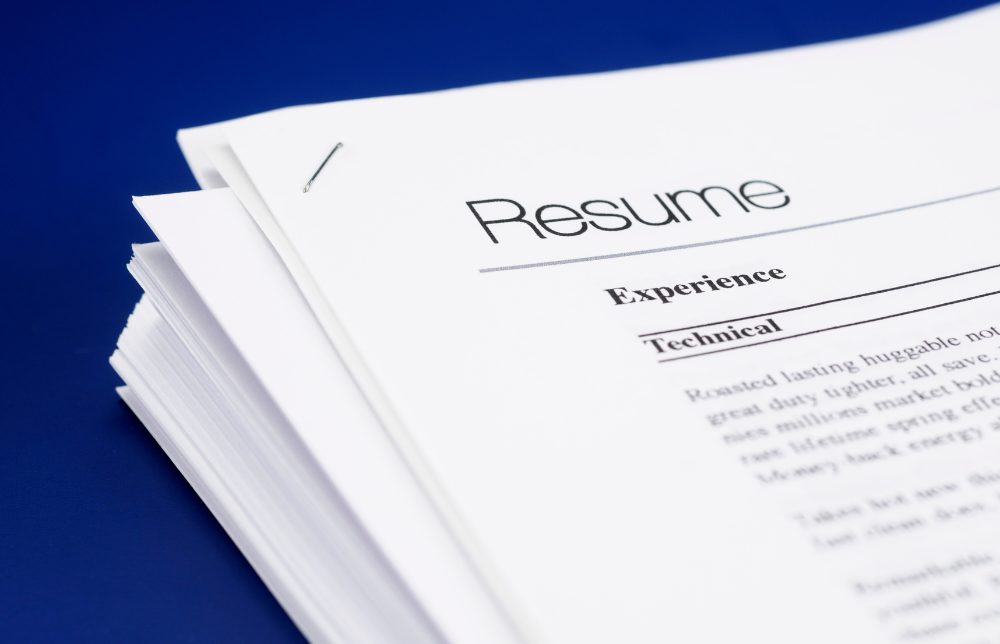International Women’s Day: How to Make Hybrid Working Equal For All
March 8 marks this year’s International Women’s Day, an opportunity to celebrate the achievements of women and girls across the world. It’s also a moment to shine a light on ...

March 8 marks this year’s International Women’s Day, an opportunity to celebrate the achievements of women and girls across the world.
It’s also a moment to shine a light on the hardships faced by women in all facets of life, and even in 2022, inequality in the workplace is still commonplace. On average, women remain significantly underpaid compared to men in Australia and New Zealand and there’s been very little progress on the gender pay gap in the last decade. Many women experience bias, gendered violence, and sexual harassment in their working lives, as evidenced by the huge response to Australia’s March4Justice rally last year. This year’s IWD theme is ‘Break The Bias’, urging men and women to actively call out gender bias, discrimination, and stereotyping.
With hybrid work on the cards at many organisations, inequality should be front of mind for HR leaders. The pandemic and the adoption of flexible working has presented a golden opportunity to reduce the gender pay gap – but it could also negatively impact the careers of women.
To combat inequality, organisations should be aware of the pitfalls of hybrid working and design their processes with fairness in mind. Here are a few places to start.
Who’s in the room?
In a hybrid working environment, it’s likely there’ll be a mix of employees attending meetings in the office and remotely. It’s vital to foster an equal playing field for all employees, regardless of where they’re located. After all, there’s nothing worse than struggling to have your voice heard.
Those dialling in virtually may find it harder to contribute to meetings where the majority are in the office. Given that women are likely to work from home more often than men, it’s easy to see where inequality can creep in.
Rather than letting managers decide their approach on an ad hoc basis, organisations should set out clear guidelines for hybrid working that intentionally promote equality for all. For example:
- Requiring all meetings to be held virtually if any employees are working remotely
- Distributing materials / an agenda before meetings to promote equal contribution
- Following up meetings with any shared materials or resolutions / actions
- Use of virtual collaboration tools to ensure those working remotely are equally as involved
- Encouraging managers to carve out time for intentional “water cooler” chats
- Scheduling time each week to recognise the achievements of employees and ensure those working remotely do not slip under the radar e.g. a virtual shout out
Create equal access to opportunities
One of the biggest concerns around hybrid working is that those in the office will be more visible when new opportunities, projects, or promotions arise. Proximity bias may cause managers to favour the team members they see in person most often, unconsciously confusing visibility for dedication to their job.
As we touched on earlier, women are more likely to utilise working from home because of the childcaring responsibilities within traditional family structures. That’s certainly not the case for all women and it’s become more common for families to split childcaring equally, especially since the start of the pandemic.
So how do HR leaders ensure those working remotely are not overlooked? The key is to make managers aware of how proximity bias could impact their decisions. Managers and business leaders must be taught how to ensure equal access to opportunities and prevent bias. This ties in with the need for organisations to redesign their performance management process for a hybrid workforce, which we’ll touch on in more detail later in this blog.
To establish whether opportunities are being offered equally to all employees, HR leaders should ask the following questions:
- How do employees usually find out about job or project opportunities? Is it through word of mouth, an online jobs board, or are they approached directly?
- How are career conversations handled in the organisation? Are they ad hoc, or scheduling routinely? Is the cadence set by HR or left to managers?
- Is succession planning fair to both employees in the office and working remotely? What does our succession planning process look like and is it impacted by proximity bias?
Organisations are increasingly turning to technology to remove bias from HR processes and organise their people management. ELMO Succession Management is an invaluable way to retain employees, identify flight risks, determine skills gaps of high-potential employees, and accelerate the development of skills – ensuring a strong bench strength so that future roles can always be filled.
Rethink performance management for a hybrid workforce
The world of work has changed, and to function effectively post-pandemic, people process must change too. If an organisation fails to redesign their performance management process for a hybrid workforce, they risk creating two classes of employees – those in the office and those who prefer to work remotely.
Again, proximity bias comes into play during the performance process. For example, are managers rewarding higher ratings to those who they see in person more often? Whether the bias is conscious or subconscious, it’s easy for managers to associate being in the office with hard work. It’s all many managers had ever known before the pandemic.
To rethink the performance management process, managers should be encouraged to focus on outcomes (what did the employee achieve?), rather than outputs (how long were they at their computer?). Consider the following tips:
- Set clear goals: Clarity is key for employees working a mix of in the office and at home to ensure they’re moving in the right direction. Make goal-setting a collaborative process, and use a proven method such as SMART goals (specific, measurable, achievable, relevant, and time-bound)
- Set regular check-in discussions: Managers shouldn’t rely on catching up ‘as and when’ because it tends to prioritise those who are in the office. Use technology to schedule regular check-ins throughout the performance cycle
- Standardise the ratings: Another positive of technology is the standardisation of ratings in the performance process. Rather than allowing managers to decide what good looks like, technology defines each level of competency
- Use more than one source: 360-degree reviews reduce bias by including additional feedback sources such as customers, colleagues, and other stakeholders in the business
- Educate managers: It’s impossible to eradicate all traces of bias. But HR leaders should aim to continually educate managers on how they could be influenced by bias
Hybrid work offers a whole host of benefits and with some intentional thinking, there’s no reason it can’t be fair and equal for all.
ELMO Software is a cloud-based solution that helps thousands of organisations across Australia, New Zealand and the United Kingdom to effectively manage their people, process and pay. ELMO solutions span the entire employee lifecycle from ‘hire to retire’. They can be used together or stand-alone, and are configurable according to an organisation’s unique processes and workflows. Automate and streamline your operations to reduce costs, increase efficiency and bolster productivity. For further information, contact us.
 HR Core
HR Core 









